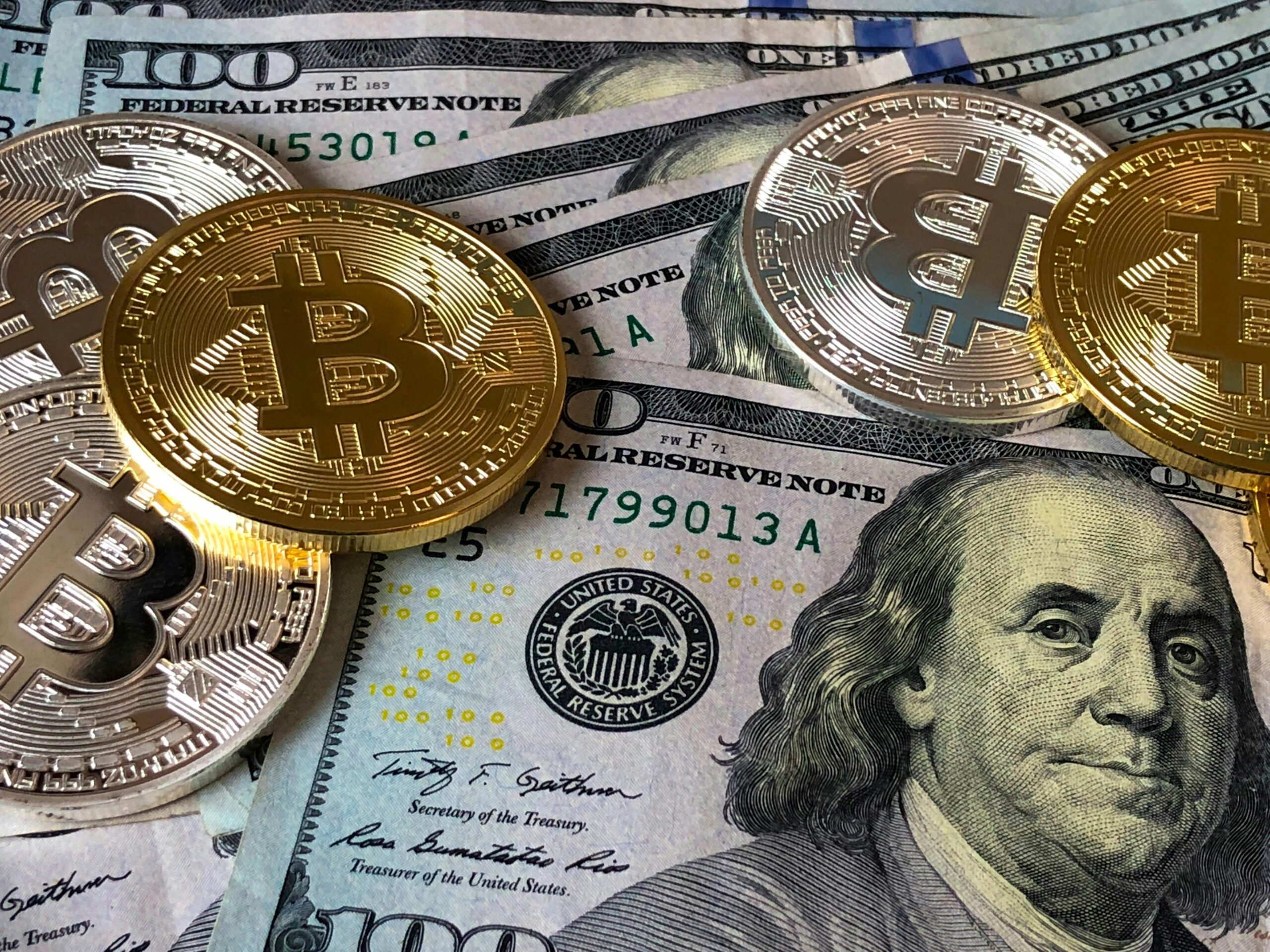
Foreign Capital currency values are always changing, causing them to be worth more or less compared to other currencies. When a country’s currency strengthens, imports become cheaper for its residents, while its exports become more expensive for buyers abroad.
Conversely, when a country’s currency weakens, imports cost more, and its exports become cheaper for foreign consumers.
A stronger Encourage Foreign Capital currency can negatively affect a nation’s trade balance because the country earns less from exports while spending more on imports. On the other hand, a weaker currency tends to benefit the trade balance.
Read more about The perfect travel partner
Read more about Current rates of different currency
A country’s exchange rate fluctuates due to several factors, Encourage Foreign Capital all tied to its trade relationships with key partners. Exchange rates are relative, representing a comparison between the currencies of two nations. Below are some major factors that influence exchange rates, listed in no particular order. The significance of each factor may vary according to different analyses.
Encourage Foreign Capital countries with relatively low inflation often see their currency appreciate, as their purchasing power rises compared to other currencies. In the latter half of the 20th century, Japan, Germany, and Switzerland maintained low inflation, whereas the U.S. and Canada achieved low inflation rates later.Countries experiencing higher inflation usually witness a decline in their currency value against their trading partners’ currencies. This is often accompanied by higher interest rates.
Interest rates, Encourage Foreign Capital, inflation, and currency values are closely connected. By adjusting interest rates, central banks influence both inflation and exchange rates, and changes in rates can affect both price levels and the value of a nation’s currency.
When interest rates are higher, banks and other lenders receive better returns than those available in other countries. This tends to attract foreign capital, which can lead to an appreciation of the domestic currency.
However, the effect of higher interest rates can be reduced if domestic inflation is significantly higher than that of other countries or if other factors push the currency down. Conversely, lowering interest rates generally leads to a depreciation of the currency.
The Encourage Foreign Capital current account reflects the balance of trade between a country and its partners, including all payments for goods, services, interest, and dividends.A current account deficit indicates that a country is spending more on imports and international transactions than it earns, borrowing from foreign sources to cover the difference.Put simply, the country needs more foreign currency than it receives from exports and offers more of its own currency than foreigners want.This excess demand for foreign currency reduces the domestic currency’s value until domestic products become cheaper for foreign buyers, and foreign assets become too expensive for domestic investors to purchase.
Governments often run large deficits to finance public projects and other expenditures. While this can stimulate the economy, countries with high debt levels may be less appealing to international investors.High debt can fuel inflation, which reduces the real value of future debt repayments. In extreme cases, governments may print money to cover debt, but expanding the money supply generally leads to inflation.
If a government cannot cover its deficit domestically (through bond sales or printing money), it must offer more securities to foreign investors, often at lower prices.Additionally, large debts can make investors wary of potential defaults, reducing demand for the country’s currency. Therefore, a nation’s credit rating (by agencies such as Moody’s or Standard & Poor’s) is an important factor in determining its currency value.
The terms of trade measure the ratio between export prices and import prices and are closely linked to the current account and balance of payments.If export prices rise faster than import prices, the terms of trade improve, signaling higher demand for the country’s exports. This leads to increased foreign demand for the domestic currency and can boost its value.Conversely, if export prices increase more slowly than import prices, the currency is likely to weaken relative to its trading partners.
Foreign investors and multinational companies prefer to invest in countries that are politically stable and economically strong. Nations with these favorable conditions attract capital away from countries considered riskier due to political or economic uncertainty.
Political instability, in particular, can undermine confidence in a nation’s currency, prompting investors to move their funds to safer, more stable countries.
An exchange rate represents the value of one country’s currency relative to another. These values constantly fluctuate.In practice, most global currencies are measured against major benchmark currencies such as the U.S. dollar, British pound, Japanese yen, and Chinese yuan.
For example, if reports say that the Polish zloty is increasing in value, it indicates that Poland’s currency (and its exports) can now buy more dollars or poundsFor consumers, a weaker currency makes imported products more expensive, while a stronger currency makes them cheaper. This is particularly important in countries where items like electronics and cars are mostly imported.
For investors, shifts in currency values can impact the actual returns on their investments. A weaker currency can reduce the value of their accumulated funds, while changes in exchange rates can also affect the profitability of the companies they hold shares in.
It depends on the situation. For travelers, a strong U.S. dollar means they can exchange it for more foreign currency like euros or pounds. However, the tourism industry in the U.S. might suffer since visiting the country becomes more expensive for foreigners.A stronger dollar also raises the price of American goods overseas. This could boost profits for U.S. companies or cause foreign consumers to purchase cheaper local products instead.
Exchange rate fluctuations can significantly affect investment returns. The value of the currency in which most of a portfolio is held determines its real performance. A falling currency reduces the purchasing power of any income or capital gains.
Furthermore, exchange rates impact factors such as interest rates, inflation, and even domestic investment returns. While predicting exchange rates is complex and sometimes puzzling even for economists, monitoring them is essential since they directly influence the real returns on investments.
There is a standard market practice that dictates how fixed and variable currencies are represented in a quote. For instance, when converting from EUR to AUD, the euro is the fixed currency, the Australian dollar is the variable currency, and the exchange rate shows how many Australian dollars are received or paid for 1 euro.
In some European regions and in the retail market of the UK, the roles are reversed, so that GBP is treated as the fixed currency against the euro. When neither currency falls into the commonly listed categories (i.e., both are considered “other”), the market convention is to select the currency as fixed that produces an exchange rate above 1.000. This approach minimizes rounding errors and avoids the need for excessive decimal places. There are exceptions to this rule, such as in Japan, where the local currency is often quoted as the base currency for other currencies.
Quoting a currency using the home currency as the price currency is referred to as a direct quotation or price quotation (from that country’s perspective). For example, in the Eurozone, €0.8989 = US$1.00, which is the common format in most countries.
Quoting a currency using the home currency as the unit currency (e.g., US$1.11 = €1.00 in the Eurozone) is called an indirect quotation or quantity quotation. This format is frequently used in British newspapers and is also common in Australia, New Zealand, and the Eurozone.
With direct quotations, when the home currency strengthens (appreciates), the numerical exchange rate decreases. Conversely, if the foreign currency strengthens and the home currency weakens (depreciates), the exchange rate rises.
From the early 1980s to 2006, market convention generally required most currency pairs to be quoted to four decimal places for spot transactions, and up to six decimal places for forward contracts or swaps. The fourth decimal place is commonly referred to as a “pip.” Currency pairs with values below 1.000 were usually quoted to five or six decimal places. While not strictly enforced, exchange rates above around 20 were typically quoted to three decimal places, those above 80 to two decimal places, and currencies exceeding 5000 were often quoted with no decimals (for example, the former Turkish Lira). For example, quotes might appear as GBP/OMR: 0.765432, EUR/USD: 1.4436, EUR/JPY: 165.29. Essentially, quotes are generally expressed with five digits, and rates below 1 often use five decimal places.
In 2005, Barclays Capital deviated from this convention by quoting spot rates with five or six decimal places on its electronic trading platform. The narrowing of bid-ask spreads made more precise pricing desirable and allowed banks to compete more effectively on multibank trading platforms, where otherwise all banks might quote identical prices. Several other banks have since adopted this approach.
Countries can choose the type of exchange rate system for their currency. The main types are free-floating, fixed (pegged), or hybrid.In a free-floating system, exchange rates fluctuate according to supply and demand in the market. Currencies under this system often change almost continuously, as reflected in quotes provided by banks globally.
A movable or adjustable peg system involves fixed exchange rates with provisions for revaluation or devaluation. For example, from 1994 to 2005, the Chinese yuan (RMB) was pegged to the US dollar at RMB 8.2768 per $1. China was not alone; Western European countries maintained fixed exchange rates with the US dollar under the Bretton Woods system until 1967. However, this system was abandoned in favor of floating rates due to market pressures and speculation, a change famously announced by President Richard Nixon on August 15, 1971, in the event known as the Nixon Shock.
Research on target zones has primarily focused on the advantages of stable exchange rates for developed economies. However, some studies suggest that fluctuating bilateral exchange rates among industrialized nations may contribute to financial crises in emerging markets. From this perspective, the competitiveness of emerging market economies is weakened because many of their currencies are linked to the US dollar, either directly or indirectly. As a result, changes such as the US dollar appreciating against the yen or the deutsche Mark can trigger destabilizing shocks. Most of these countries are net borrowers with debt denominated in one of the G3 currencies.
In September 2019, Argentina imposed restrictions on purchasing US dollars. Mauricio Macri, during his 2015 campaign, pledged to remove limits established by the previous left-wing administration, including capital controls used to manage economic instability. When inflation exceeded 20 percent, transactions in dollars became widespread as citizens avoided using the peso. In 2011, the administration of Cristina Fernández de Kirchner limited dollar purchases, which led to increased activity in the black market. After Macri assumed office, these controls were eased, and Argentina issued dollar-denominated bonds. Nevertheless, due to factors causing the peso to lose value against the dollar, capital controls were reinstated to prevent further depreciation during peso selloffs.




